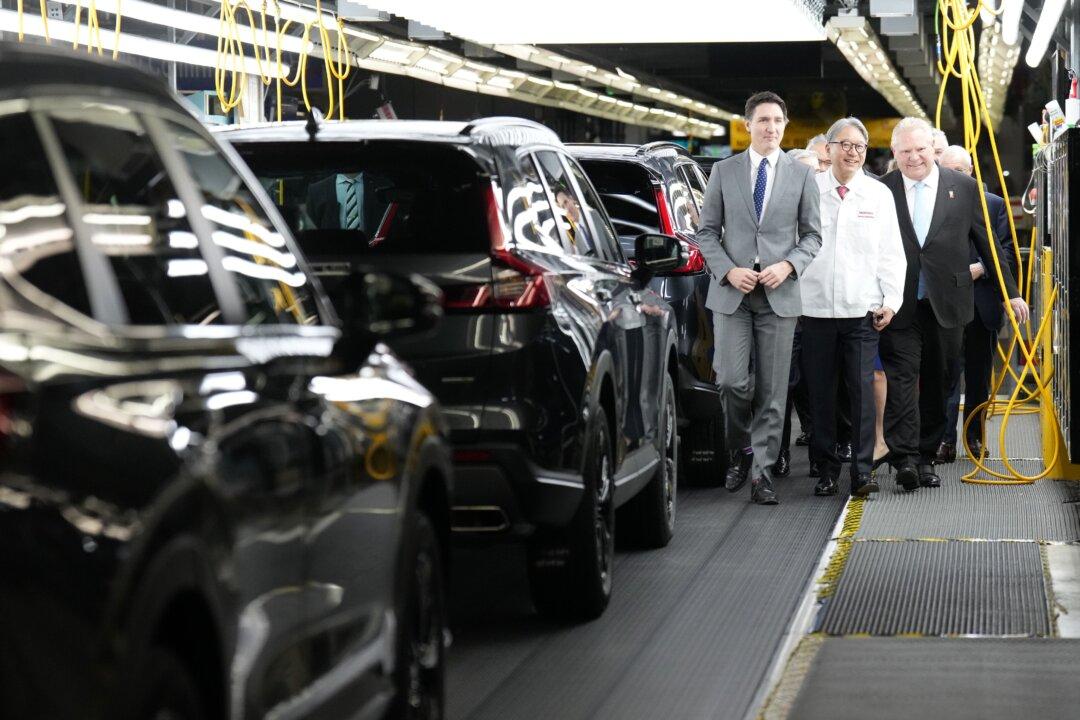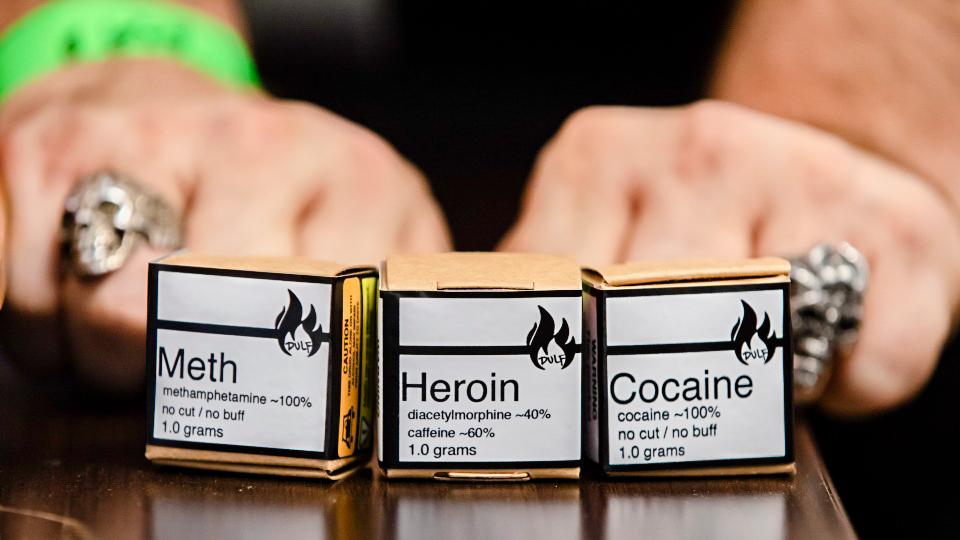The Honda electric vehicle (EV) project announced on April 25 is the largest automotive investment in Canadian history, according to Prime Minister Justin Trudeau. Meanwhile, concerns have arisen over government subsidies for EV production totalling billions, as well as the involvement of foreign workers and a declining demand for EVs.
Foreign “short-term technical experts” will be hired to install equipment and train Canadian employees as part of the Honda project in Ontario, the province confirmed on April 28. This latest foreign worker controversy follows an earlier uproar after it was revealed last year that hundreds of temporary South Korean workers would be used to help build the subsidized NextStar battery plant in Windsor, Ont., as part of the contract with Stellantis and LG Energy.





